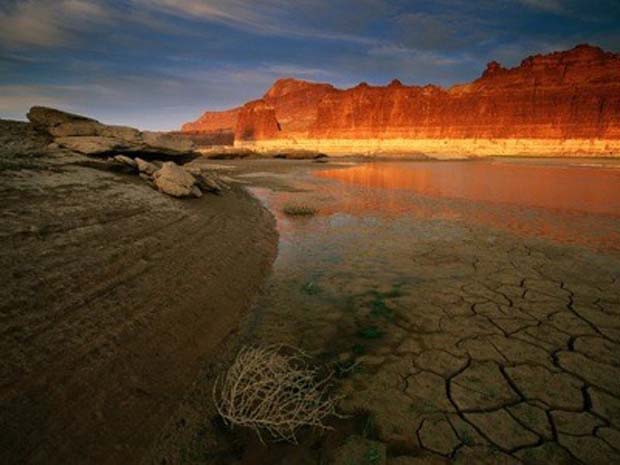 By Mindy Lubber, Forbes contributor
By Mindy Lubber, Forbes contributor
[dropcap]W[/dropcap]ater users in the parched Southwest U.S. were just hit with a devastating warning.
Due to water shortages in the Colorado River Basin, the U.S. Bureau of Reclamation today announced first-ever cutbacks in water releases to the river’s lower basin, which could mean reduced water deliveries to Nevada and Arizona as early as next year.
The decision, triggered by historically low water levels in one of the river’s key reservoirs, Lake Powell in Utah, is unprecedented and significant.
It caps years of excessive water use in an arid region that has seen some of its driest years on record in recent years, especially the past two years where flows to Lake Powell have been the lowest in 100 years.
And it affects a vast number of people. The Colorado River makes modern living possible in seven western states by providing water for 40 million people and irrigation water for four million acres of farmland producing 15 percent of the nation’s crops. The decision, which will reduce water releases from Lake Powell by 9-percent, will invariably affect food prices.
But it would be wrong to call this a natural disaster. While drought and climate change are important factors in the river’s lower flows, human mismanagement is the bigger cause.
Despite steadily dropping water levels in Lake Powell and Lake Mead over the past few years, communities most dependent on this vulnerable resource have taken few steps to reduce their demands on the system. In June, for example, the city of Phoenix blew past its historic water use record, spiking at 420 million gallons of water used on a single day.
To read complete story click here […].


